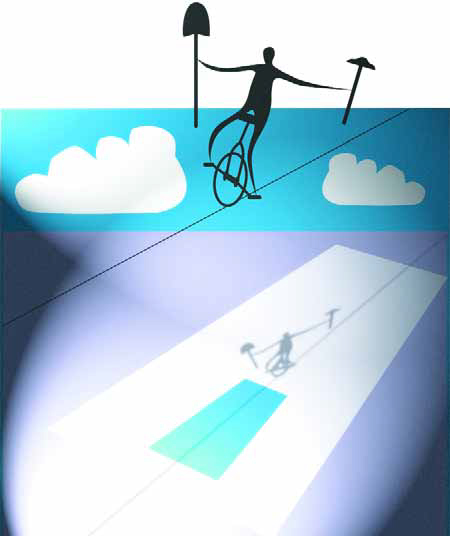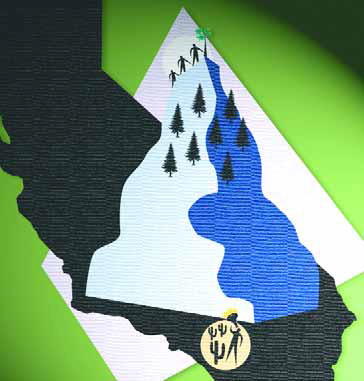ARTICLES
Advance Search
Aquatic Health
Aquatic Health, Fitness & Safety
Around the Internet
Aquatic Culture
Aquatic Technology
Artful Endeavors
Celebrity Corner
Life Aquatic
Must-See Watershapes
People with Cameras
Watershapes in the Headlines
Art/Architectural History
Book & Media Reviews
Commentaries, Interviews & Profiles
Concrete Science
Environment
Fountains
Geotechnical
Join the Dialogue
Landscape, Plants, Hardscape & Decks
Lighter Side
Ripples
Test Your Knowledge
The Aquatic Quiz
Other Waterfeatures (from birdbaths to lakes)
Outdoor Living, Fire Features, Amenities & Lighting
Plants
Ponds, Streams & Waterfalls
Pools & Spas
Professional Watershaping
Structures (Editor's Notes)
Travelogues & History
Water Chemistry
WaterShapes TV
WaterShapes World Blog
Web Links
Around the Internet
Aquatic Culture
Aquatic Technology
Artful Endeavors
Celebrity Corner
Life Aquatic
Must-See Watershapes
People with Cameras
Watershapes in the Headlines
We live in a wonderful era of creative development in a variety of watershaping trades and are truly blessed, it seems, with an ever-expanding generation of talented artists and a sense that our most dynamic creations are yet to be built. For all of this forward momentum, however, I find myself surprised and dismayed all too often by the lack of creativity that goes into our work below the water's surface. To my eyes, pool and spa interiors in particular are simply bland and boring. I'm oppressed by six-inch waterline tile surmounting a field of
Surge tanks may end up being out of sight, notes hydraulics expert Steve Gutai, but they should never be out of mind as you strive for efficiency and reliability in setting up water-in-transit systems that call for their use. While proper sizing, selection, placement and plumbing are all relatively simple, he adds, bringing them together in just the right way is crucial when it comes to the success of these dynamic installations. In many ways, installing a surge tank is simple. If you get it right, all will be well. As is the case with so many watershape systems, however, getting it wrong can lead to
Change can be both exciting and terrifying. In my experience, the biggest changes often come with the potential for tremendous rewards, but also with significant risk. During the past two years, such change has come for our company in the form of an all-encompassing transformation that has involved every aspect of the way we do business. We've gone from trying to mass-produce affordable swimming pools and hardscape designs (and fighting for every dime we made along the way) to building only high-end, custom projects where we never compromise on quality - and make generous
The fine points of landscape lighting are the worthy subject of The Art of Outdoor Lighting by Randall Whitehead (Rockport Publishers, Gloucester, Mass., 1999). It's a wonderful place to begin a journey of discovery: The text consists of 192 heavily (and beautifully) illustrated pages that break the discipline of lighting design down to several practical areas of concern - and there's a generous section all about ways to light waterfeatures. The verbiage throughout is both brief and focused, leaving most of the space for a parade of beautiful photographs of public and residential spaces. Simply by flipping through the pages and looking at some of these projects, you begin to see just how much interest and beauty can be created when you think about
Last time, I described a series of unfortunate revelations that complicated the early stages of an elaborate pool renovation project in Malibu, Calif. By the time all of those enormous structural issues had been addressed, the pool project had been on hold for about six months. When we finally returned to the site to resume our work, we were greeted by a "courtyard" that was basically a neat, seven-foot-deep hole surrounded by a beautiful home in one of the most exclusive neighborhoods in the country. Although the most significant of the troubles were now behind us, the tasks that followed were far from simple. In the intervening six months, my clients had
It's pretty obvious that designing projects outside your familiar climate zone takes some ingenuity and resourcefulness. That's something I could have told you before I tackled a project near Lake Arrowhead in Southern California's mountains - a world away from my usual work in the hot, arid San Fernando Valley or on Los Angeles' temperate west side. What the experience drove home for me, however, is the importance when you're working away from your home base of finding people in that "alien" zone who know what they're doing and are willing to
As you spend your days creating structures that contain and control water, it's easy to lose sight of the water itself. Yes, we're conscious of the fact that we have to filter, treat and sometimes heat it, but in its role as the defining feature in our products, water is so familiar a participant that in some ways it almost becomes invisible. This time around, I want us all to step back from the intricacies of the design, engineering and construction tasks we all perform to consider the water itself. As we do, you'll find yourself thinking (as I often do) that we're in a special, healing trade that
Watching the arc of a learning curve can be fascinating - particularly when you're not the one who's going through the process. This is why I take such pleasure in
Vanishing-edge pools are all about changing the relationship of the water to its surroundings. They enable the water to reflect views and create visual links to the surrounding scenery in dramatic and surprising ways that simply can't be achieved with conventional designs. The same distinction is true of perimeter-overflow systems and pools with deck-level (or slot-overflow) designs, which is why I classify all three together as "water-in-transit" systems. There's a lot of diversity under that big conceptual umbrella, but these pools share
We've all heard and read how important it is to study the achievements of our predecessors in watershape design and engineering. Indeed, exploring these historic works is vital for the role it plays in emboldening our sense of artistic tradition and inspiring our creativity by offering rich galleries of design ideas. When considering Villa d'Este in such light - its extraordinary architecture, otherworldly gardens and daring watershape designs - it's easy to see why this grand estate is so important to us now. It's widely considered to be the most significant residence surviving from the Renaissance and has every right to claim to be the most beautiful and influential as well. Surely there's no substitute for traveling there and lingering with eyes wide open, but even from afar, we can and should turn to this amazing estate as a source of artistic inspiration and, in many respects, as a technical blueprint. A COMPREHENSIVE PROGRAM These days, most of us are more familiar with Bellagio than we are with Villa d'Este, upon which the spectacular Las Vegas hotel was patterned. Even with






















